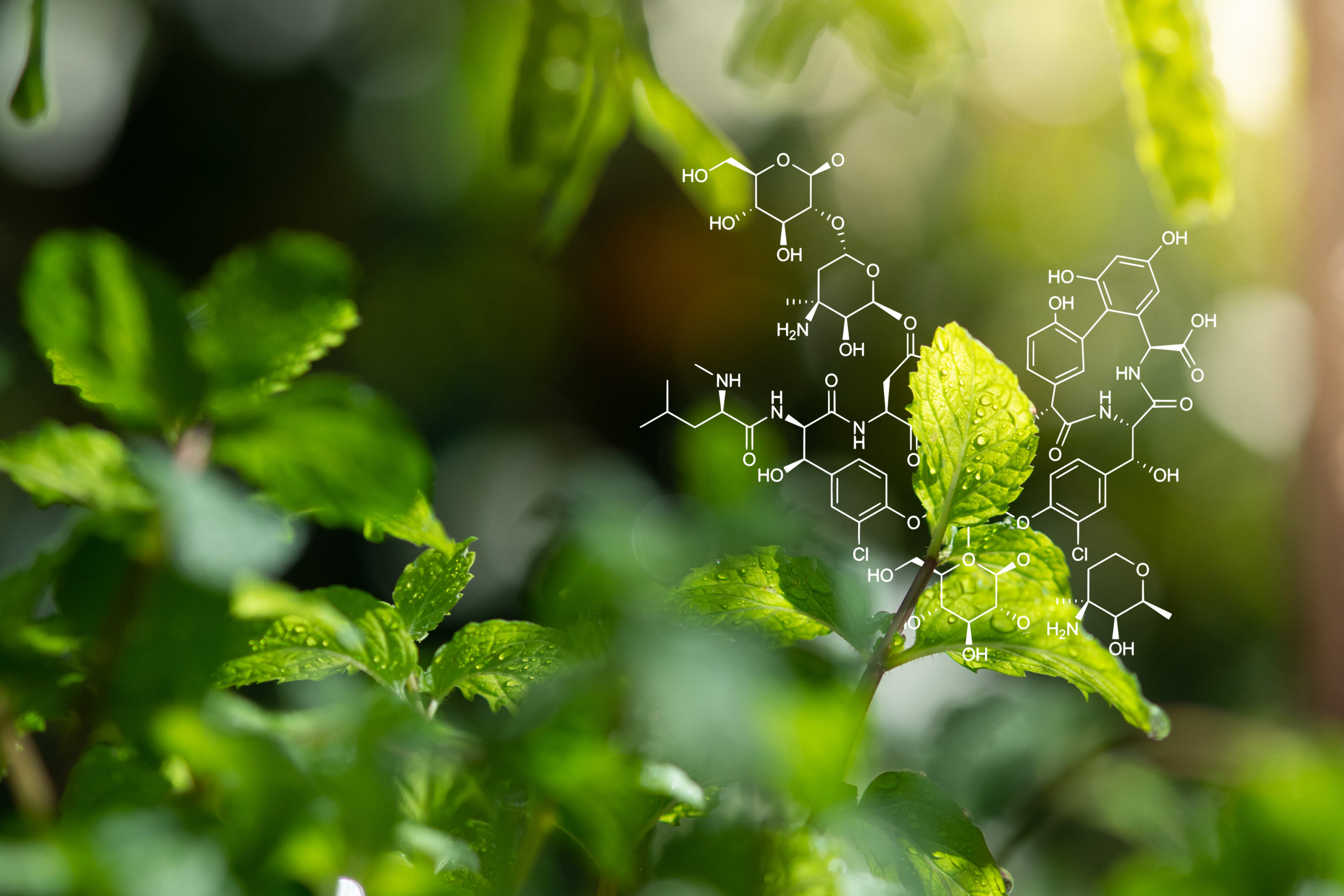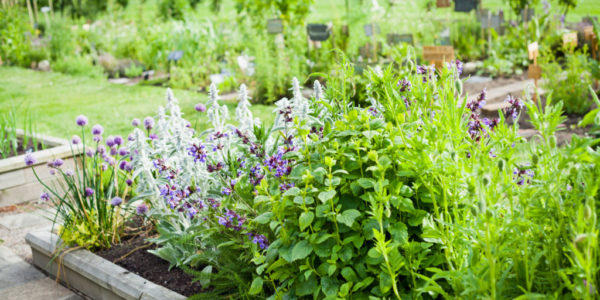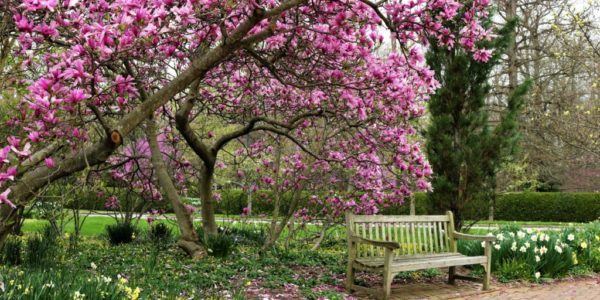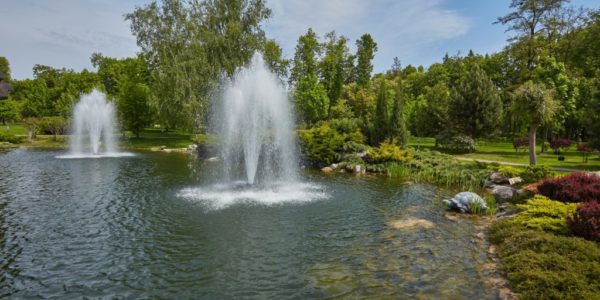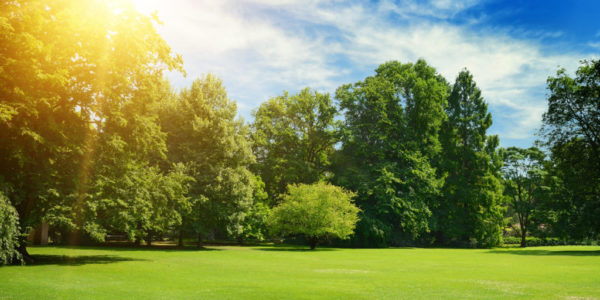enviroNOVA
Environmental Center for Science, Research and Development

The main task of the environmental center will be, in addition to education, raising environmental awareness and research and development, also the revitalization of the currently intensively used agricultural landscape. As part of the complete reconstruction and revitalization of Kráľovský vŕšok area, it is planned to create an innovative incubator and accelerator focused on science and education.
The main task of the environmental center will be, in addition to education, raising environmental awareness and research and development, also the revitalization of the currently intensively used agricultural landscape. As part of the complete reconstruction and revitalization of Kráľovský vŕšok area, it is planned to create an innovative incubator and accelerator focused on science and education.
The project will point not only to the efficient use of natural resources, but also various financial mechanisms, for other business entities and institutions that are interested in applying similar solutions in practice. The focus will also include the consulting activities of Invictum Holdings, a.s., under the heading of the Business Service Center.
It is planned to create spaces for exhibitions, a lecture room with a capacity of 50-70 people, a library with a reading area, a café, administrative premises, spaces for teaching smaller groups or spaces for creative workshops in the building.
ENVIRONMENTAL ASPECT AND CIRCULAR ECONOMY
WATER RETENTION MEASURES
Water retention measures aimed at capturing rainwater are being considered for all buildings and paved areas. The water trapped in the reservoirs can be used to irrigate vegetation. Part of the retained water will also be captured by rain gardens, to which rainwater from car parks and roads will also be drained after treatment.
The importance of water areas is great not only in terms of landscape or aesthetic experience, but it is also a great benefit for local biodiversity. It will provide living conditions for a valuable group of animals such as amphibians or other water-bound organisms that are in decline in an intensively farmed country.
ELECTRICITY CIRCULATION
The electricity needed to power rainwater pumps will be obtained from photovoltaic panels, which will be placed throughout the area’s fencing. The obtained energy will also be used by fountains, a stream with cascades, pumping of rainwater into rain gardens, heating of water in the wellness, air conditioning or lighting of outdoor areas.
EDUCATIONAL PATH
The entire area will be crossed by an educational trail with information panels, which will lead between the gardens of the local flora, through the central lawn, used for free movement, sports activities, picnics or time spent with the family. The space can also be provided for various cultural events.
The educational trail will also introduce visitors to a set of traditional and non-traditional fruit varieties. For families with children, a visit to the natural maze, in the middle of which there will be a lookout tower, will be a pleasant entertainment. There will also be a localized bee garden in this area full of gardens and flowering plants. As part of the care of the gardens, a composting site or smaller greenhouses will be built for the wintering of more sensitive plants or faster cultivation of seedlings.
RESEARCH ACTIVITY
A significant part of the environmental center will consist of research forest areas, which will be used for research purposes in cooperation with the National Forestry Center in Slovakia. The largest area will be dedicated to the “primaeval forest”, the future natural forest, which will develop without human intervention.
The planted stand of available oak species from the Pannonian region, which will serve as a genetic bank, will also be interesting. This means that when planted trees reach the genetic age, they will serve as a genetic orchard for seeds.

